Long-wattled Umbrellabird Eating Oenocarpus fruit in the Chocó Forests of Ecuador – Luke Browne (2013)
Long-wattled Umbrellabirds (Cephalopterus penduliger) are important seed dispersers for many plant species, especially the palm Oenocarpus bataua. Here, a motion-activated camera records a male Umbrellabird eating ripe Oenocarpus fruit on the ground at Bilsa Biological Station in the Chocó forests of western Ecuador. You can notice the pronounced wattle and crest characteristic of male Umbrellabirds. Because of extensive habitat loss across its range (Ecuador and Colombia), populations of Umbrellabirds are declining rapidly and are considered vulnerable to extinction. The Karubian […]

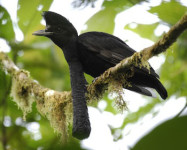

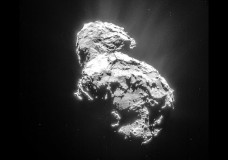
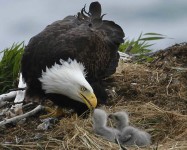

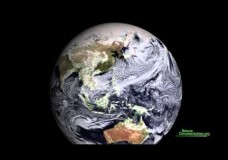
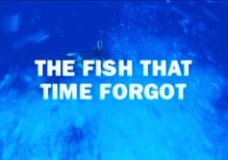

Recent Comments